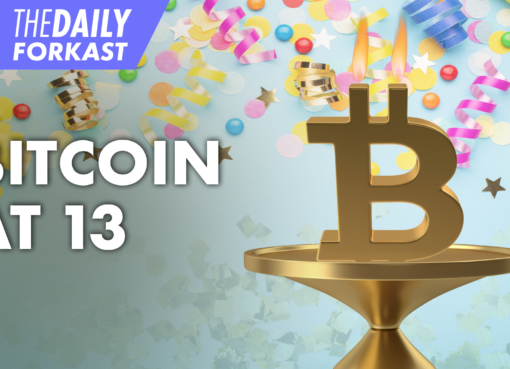From bird’s eye view, a blockchain might not look that different from things you are already familiar with.
With a blockchain, people are able to write entries into a record of information, and users can control how the record of information is updated and amended. Like Wikipedia, entries are not the product of one single publisher. In fact, no one person controls the information that is published.
However, as you approach ground level, the differences that make blockchain technology so unique and special become more clear. Even though both run on distributed networks, Wikipedia is built into the World Wide Web by using a client-server network model.
A user – otherwise referred to as a client – with permissions associated with its account is eligible to change Wikipedia entries that are stored on a centralized server.
Whenever a client accesses the Wikipedia page, they will be alerted with the updated version of the ‘master copy’ of the Wikipedia entry. As for the control of the database, this remains with Wikipedia administrators.

The digital backbone of Wikipedia is very similar to the highly protected and centralized databases that banks and governments keep today. Centralized databases are controlled by their owners, which includes managing updates and protecting the database from cyber-threats.
On the other side of the equation, the distributed database that is created by blockchain technology has a different digital backbone. Not only that, but this is the most important feature of blockchain technology.
Wikipedia’s ‘master copy’ is edited on a server, and with this, all users are able to see the new updated version. In regards to a blockchain, every node in the network is coming to the same conclusion, each updating the record on their own, with the most popular record transforming into the de-facto official record in lieu of there being a master copy.
Transactions are Broadcast, and Every Node is Updating the Record Independently
This is the difference that makes blockchain technology so useful – It represents new ideas in information registration and distribution that gets rid of the need for a trusted third-party to facilitate digital relations.
However, blockchain technology is not a new technology.
Instead, it is a blend of proven technologies applied in a brand new way. Blockchain technology was the particular orchestration of three technologies (private key cryptography, the Internet, and a rule governing incentivization) that made Satoshi Nakamoto’s idea so useful. For those who don’t know, Nakamoto created bitcoin.
And the result? A system for digital interactions that do not need a trusted party watching over the relationships. The work of securing digital relationships is strictly implicit.

What is Digital Trust?
Trust is a risk judgment between separate parties. As for the digital world, determining trust tends to boil down to proving authentication and proving authorization.
To simplify, people want to know, “Are you who you say you are?” and “Should you be authorized to do what you are trying to do?”
In regards to blockchain technology, private key cryptography helps to provide a powerful ownership tool that meets authentication requirements. Having a private key proves ownership, and it also spares a person from having to share more personal information.
That said, authentication is not enough. Authorization is something that needs a distributed, peer-to-peer network. Why? Because a distributed network reduces the chance of centralized failure or corruption.
Further, this distributed network has to be committed to the transaction network’s recordkeeping and security. If a transaction has been authorized, this means the entire network has applied the rules upon which it was designed.
Essentially, when authentication and authorization are supplied this way, interactions in the digital world do not have to rely on trust.
Featured Image: twitter




